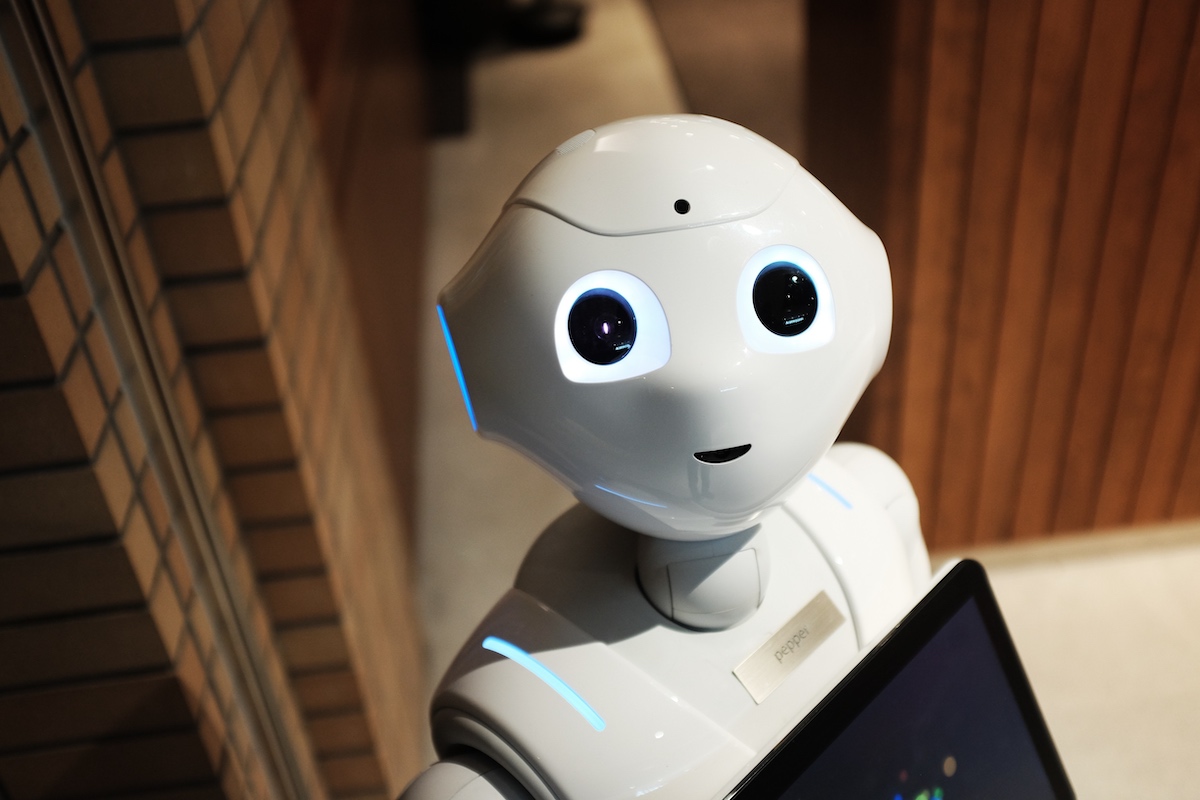The face-recognition technology behind smartphones, self-driving cars and diagnostic imaging in healthcare has made massive strides of late. These examples all use solutions that make sense of objects in front of them, hence the term “computer vision” — these computers are able to make sense of what they “see.”
During a recent Data Lab meetup at CompassRed in downtown Wilmington, Chandra Kambhamettu, professor and director of the Video/Image Modeling and Synthesis Lab in the Department of Computer and Information Sciences at the University of Delaware, and Dave Wallin, manager of innovations at The Archer Group, offered a high-level explanation of how image technology works along with the deep learning technology that powers it.
Much of the innovation in image recognition relies on deep learning technology, an advanced type of machine learning and artificial intelligence. Typical machine learning takes in data, pushes it through algorithms and then makes a prediction, making it appear that the computer is “thinking” and coming to its own conclusions.
Deep learning, on the other hand, works by building deep neural networks that simulate the mechanism of the human brain and then interpreting and analyzing data, such as image, video and text.
This is especially important for image recognition: “You’d want something like a self-driving car to be able to tell the difference between a signpost and a pedestrian,” Wallin said.
Data is the governor here, the key difference being the way data is presented to the system. Machine learning algorithms “learn” to do things by understanding structured or labeled data, and then use it to produce further output with more sets of data. However, they need to be retrained with human intervention when the output is not the desired one.
Deep learning networks do not require human intervention because the nested algorithms run the data through different concepts which eventually learn from their own mistakes.
Face recognition leverages computer vision to extract discriminative information from facial images and deep learning techniques to model the appearances of faces, classify them and transmit the data. Algorithms extract facial features and compare them to a database to find the best match.
UD’s Kambhamettu offered a demonstration of a data delivery method called surface aggregates in topology, aka SAINT, whereby effective recognition is achieved by using representative data points by clustering the frames of a video sequence.
Deep learning is suitable for instances where there are boatloads of data to analyze or complex problems to solve. In addition to security and healthcare applications, Wallin noted the technology also has a place in augmented reality and image recognition for retail operations and online shopping. Companies can also use the technology to see how often their products appear in social media platforms, he said.
Before you go...
Please consider supporting Technical.ly to keep our independent journalism strong. Unlike most business-focused media outlets, we don’t have a paywall. Instead, we count on your personal and organizational support.
3 ways to support our work:- Contribute to the Journalism Fund. Charitable giving ensures our information remains free and accessible for residents to discover workforce programs and entrepreneurship pathways. This includes philanthropic grants and individual tax-deductible donations from readers like you.
- Use our Preferred Partners. Our directory of vetted providers offers high-quality recommendations for services our readers need, and each referral supports our journalism.
- Use our services. If you need entrepreneurs and tech leaders to buy your services, are seeking technologists to hire or want more professionals to know about your ecosystem, Technical.ly has the biggest and most engaged audience in the mid-Atlantic. We help companies tell their stories and answer big questions to meet and serve our community.
Join our growing Slack community
Join 5,000 tech professionals and entrepreneurs in our community Slack today!

The person charged in the UnitedHealthcare CEO shooting had a ton of tech connections

From rejection to innovation: How I built a tool to beat AI hiring algorithms at their own game

Where are the country’s most vibrant tech and startup communities?


